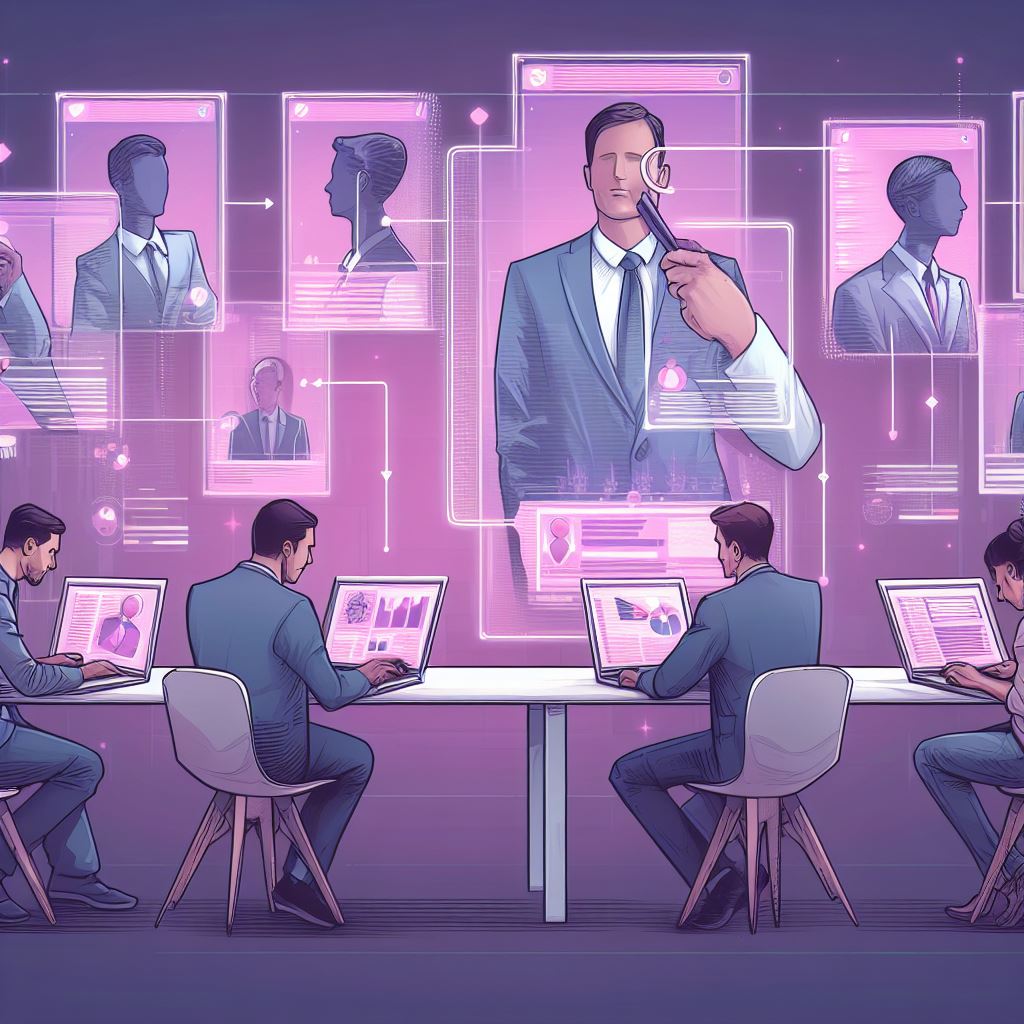Upskilling vs. Reskilling: Which One Is Right for Your Organization?
In the rapidly evolving landscape of the modern workforce, the terms upskilling and reskilling have gained prominence as essential strategies for talent development and organizational growth. While both concepts share the goal of enhancing employee capabilities, they address distinct facets of skill development. In this comprehensive HR blog post, we will dissect the differences between upskilling and reskilling, exploring their definitions, purposes, and how they contribute to shaping a versatile and adaptable workforce.
Jeff Bezos has been quoted as stating: “In business, what’s dangerous is not to evolve.”
Defining Upskilling: Bridging Gaps for Career Growth
Upskilling involves equipping employees with additional or advanced skills relevant to their current roles or anticipated career progression within the organization. It focuses on enhancing existing skill sets to keep pace with industry advancements, technological shifts, or changing job requirements. Upskilling is akin to an evolutionary step forward in an employee’s professional journey, allowing them to perform their current duties more effectively and positioning them as more valuable assets to the organization.
According to a 2022 survey conducted by LinkedIn, upskilling is regarded as a priority by 62% of CEOs.
The Significance of Upskilling:
Career Advancement: By upskilling, employees position themselves as more qualified candidates for promotions or lateral moves within the organization.
Improved Job Performance: Upskilled employees often exhibit higher proficiency in their current roles, leading to increased productivity and quality of work.
Boosted Employee Morale: The investment in upskilling demonstrates the organization’s commitment to employee growth and development, which in turn leads to higher job satisfaction and morale.
Future-Readiness: As industries evolve, upskilling ensures that employees remain adept at leveraging the latest tools, technologies, and methodologies, future-proofing their careers.

Defining Reskilling: Adapting to New Roles and Realities
Reskilling, on the other hand, entails preparing employees for entirely new roles or functions within the organization. It involves equipping them with a fresh set of skills that may be vastly different from their current ones. Reskilling often becomes imperative when technological advancements or significant shifts in business operations necessitate employees to transition into entirely different job roles. According to a report by the World Economic Forum, by the year 2025, half of the workforce will require reskilling. This could be due to automation, changes in business models, or the emergence of new industry trends.
The Significance of Reskilling:
Adaptability to Change: Reskilling enables employees to transition smoothly into new roles, ensuring business continuity even amid significant organizational shifts.
Retention of Institutional Knowledge: Instead of recruiting externally, reskilling allows organizations to retain experienced employees who already possess a deep understanding of the company culture and values.
Mitigating Disruption: When employees are reskilled, disruptions associated with role changes are minimized, leading to a more stable and productive work environment.
Enhanced Organizational Agility: A reskilled workforce is more agile and better equipped to respond swiftly to industry changes, technological shifts, or economic fluctuations.
Conclusion: Harnessing Upskilling and Reskilling for Organizational Success
In conclusion, while upskilling and reskilling share the common goal of enhancing employee capabilities, they serve distinct purposes within talent development strategies. Upskilling is about advancing existing skill sets, enabling employees to excel in their current roles, while reskilling focuses on equipping them for entirely new job functions. By understanding and effectively implementing both strategies, organizations can build a dynamic and future-ready workforce capable of thriving in the ever-evolving landscape of the modern workplace.








